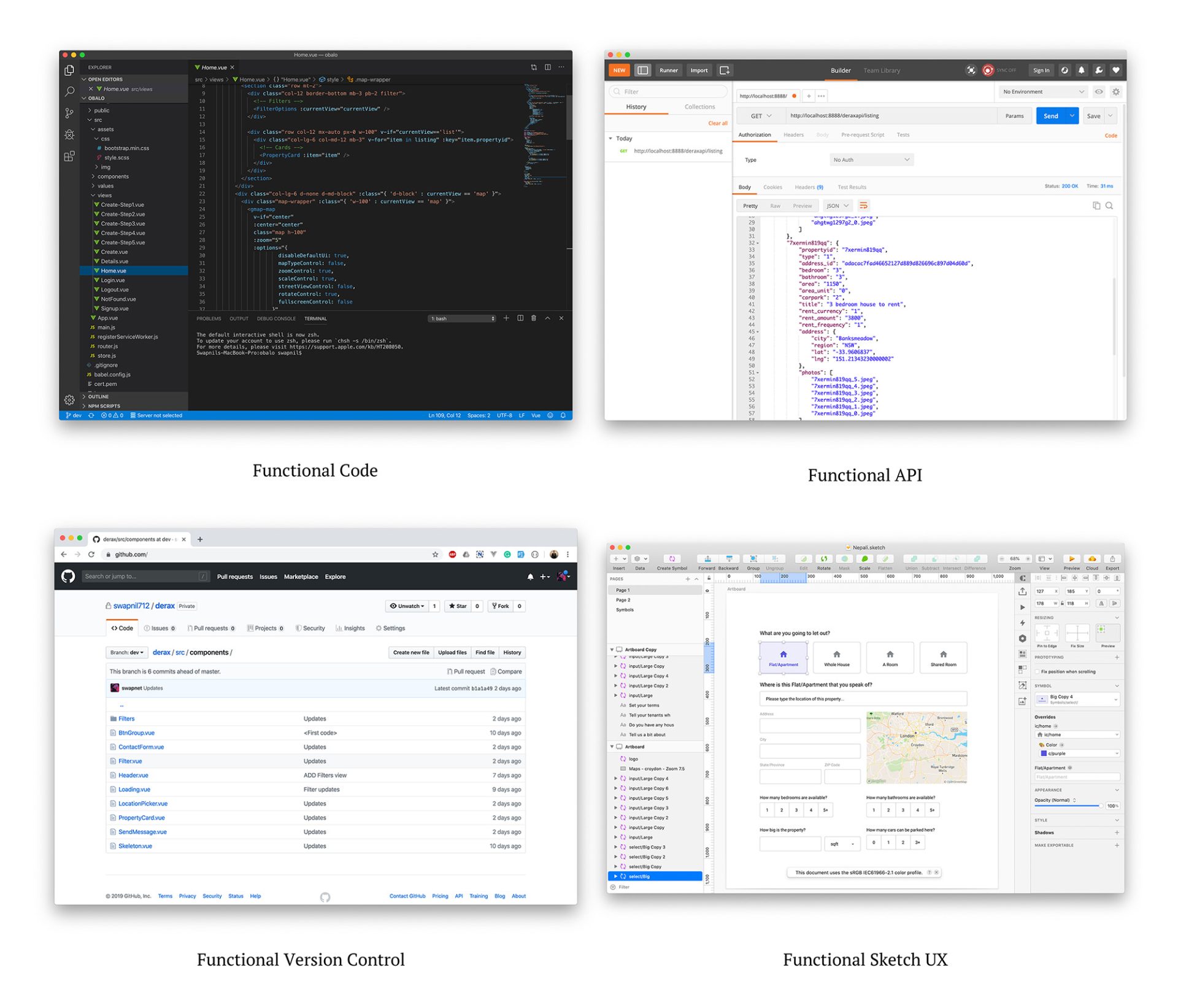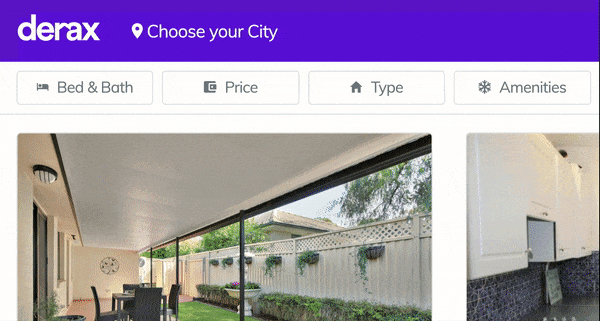A month ago, I set out to build a renting and room-sharing service. I rolled my sleeves up and started coding for an application from scratch. I built a REST API service using Node MySQL complete with POST and GET functionalities. For the front-end, I used Nuxt and VueJS. I went to lengths to create a logo and component library as well. The design came out to be pretty sleek. The result was pretty awesome, a well-functioning real-estate portal that could be put into use from tomorrow. PWA support included.

But here is the bad news — this product isn’t worth launching. Why? You may ask.
I did all that 130,00 lines of coding simply to make my point — that building a product is easy. All the technology is right out there and with the right mix of tools and techniques, something as complex as a real-estate portal can go up online in a matter of few months. So why isn’t my baby Derax (finding dera, but with an additional X-factor), worth launching? Because I lack content, I don’t have enough data points to validate that it has worthy use-cases, or that people will be genuinely intrigued to use my product — because let’s face it, it isn’t very different from Trulia, Homely or FlatMates.com.au or SpareRoom.co.uk. I do not have well-defined consumers, I don’t have the research and I have simply have not figured out the revenue stream for this.
Trust me, I have done absolutely no design research to back my designs. I don’t know what’s the single most important offering of my product or what my users will come looking for. Do they care where it lies in the map or will locality or price matter more? I don’t know. I don’t know anything. I am the Jon Snow among product designers right now. However, that my legs are shaking and my heart is aching that I will never launch this portal, I can feel for the countless e-commerce and food delivery aspirants in Nepal who hope to make the cut. They sheep into the gold-rush and want to have their share in the booming online business — however, this is not an easy task.
Making an app and putting it out there is the easiest thing. What follows the “launch” is where most aspirants struggle.
Recently, I counted the number of food delivery services operating in Kathmandu. Putting Foodmandu aside as the pioneer and the most stable one: I was startled there were more than two dozens of them — most with very similar or misleading names. Most guys have a modest website created using one of WordPress’s readymade themes. There are hardly 5-10 restaurants onboard and most of them serving almost very similar food. The momos and chowmeins they sell proudly on their landing page is a huge irony — these food delivery services themselves have ended up becoming the momos and chowmeins of tech industry. Sad but true, these people have simply not figured out the content; or in this case, the food.
Think about it — Tootle without riders is just an empty map.
Sixit and I meet often to talk about ideas. We go beyond products and discuss human perception and human behavior and how it affects product design. These things are more than just UX, they’re fundamental ways how a person speak to another. Apps are no different from people – they have personality and they have character. Sixit tells me they built the Tootle MVP in no time, but their main struggle was onboarding at least a bunch of riders. These riders are the “content” of the Tootle app, and without them, the app is nothing more than a blank Google Maps container. Seriously, think about it — Tootle without riders is just an empty map.
Another example is Daraz. Why is Daraz successful (despite their questionable quality of goods) and why smaller services like Kinumna, Thulo or MeroBaby are less successful? Daraz works, simply because of the incredible inventory they hold without renting out a single square foot of space for their warehouse. This is made possible by the hundreds of vendors who have their goods up on Daraz. This has let them have a huge catalog where customers can choose from, and a never-ending feed of “related items” the customers can remain infinitely engaged with. This is a good thing. Daraz has figured out that content is the king, and that’s what keeps them going. This is why online catalog services are such big things in the US, or even closer to home in India – and boy they’re successful.
So what’s my point? My point is that it’s okay to launch a website, an app or a service. That’s fine — from an engineering perspective, it’s amazing to see the great feats our developers are able to achieve. We’re able to build anything that you wish to name: but the question is what are we making out of their dexterity? Please don’t waste your time building something that won’t even last for a year. I humbly urge all teams to think beyond some silly wannabe payment service, a lousy e-commerce platform or a food delivery with a tacky name and few options.
However, it was a good week learning VueJS and working with building RESTful APIs. I don’t consider my time wasted – I was able to learn something new and exciting. 🙂
